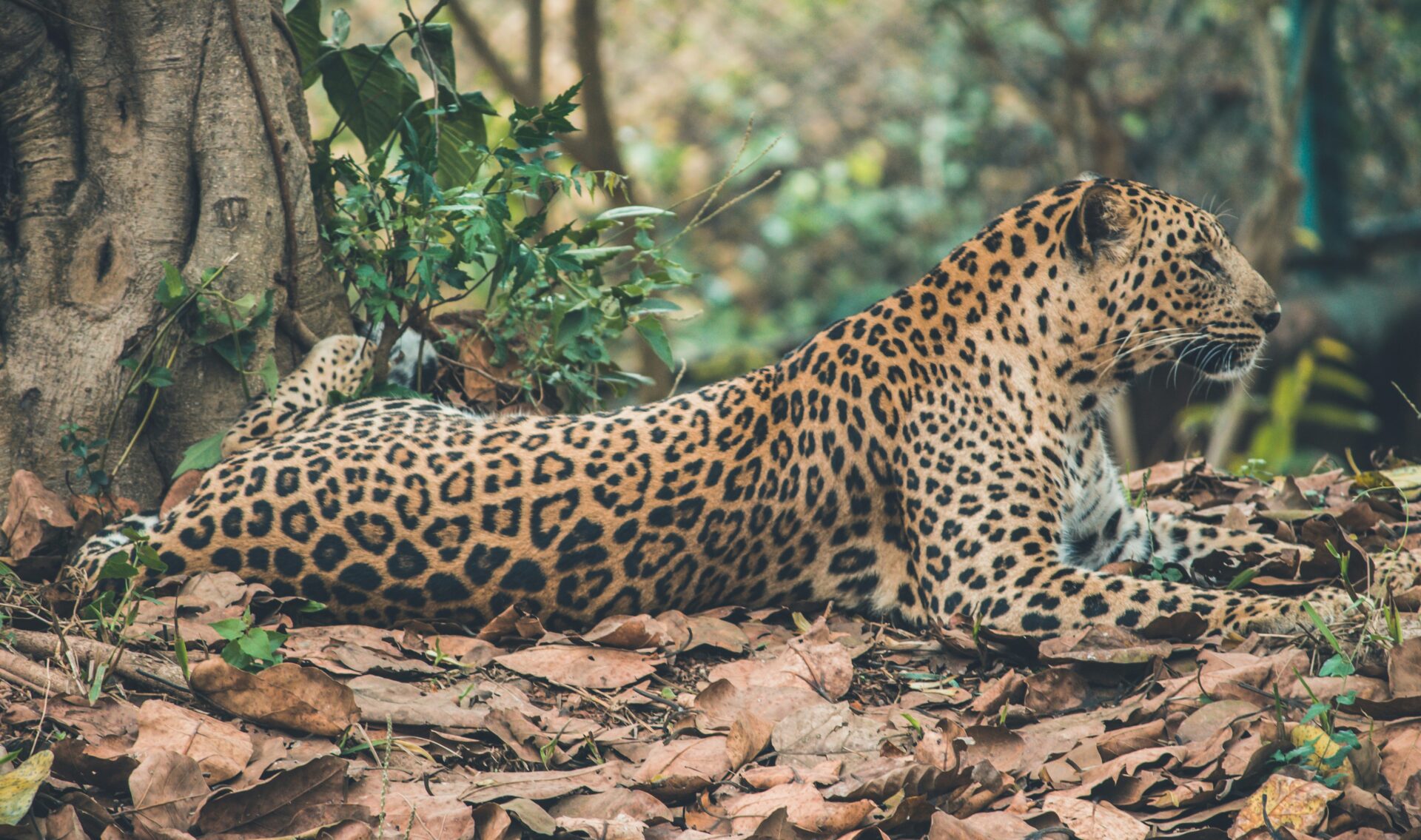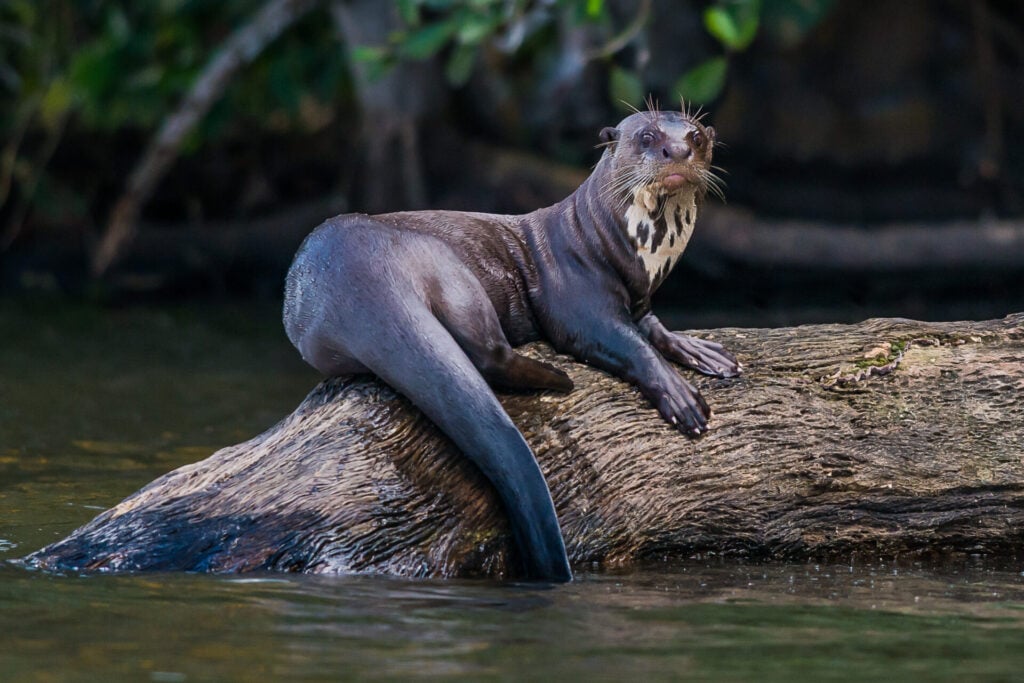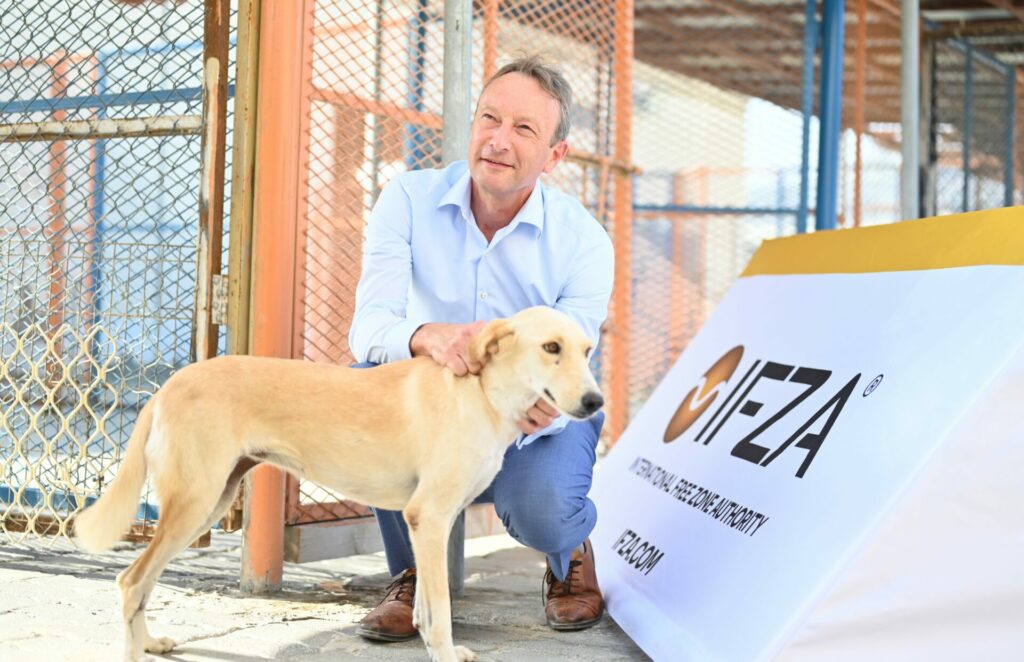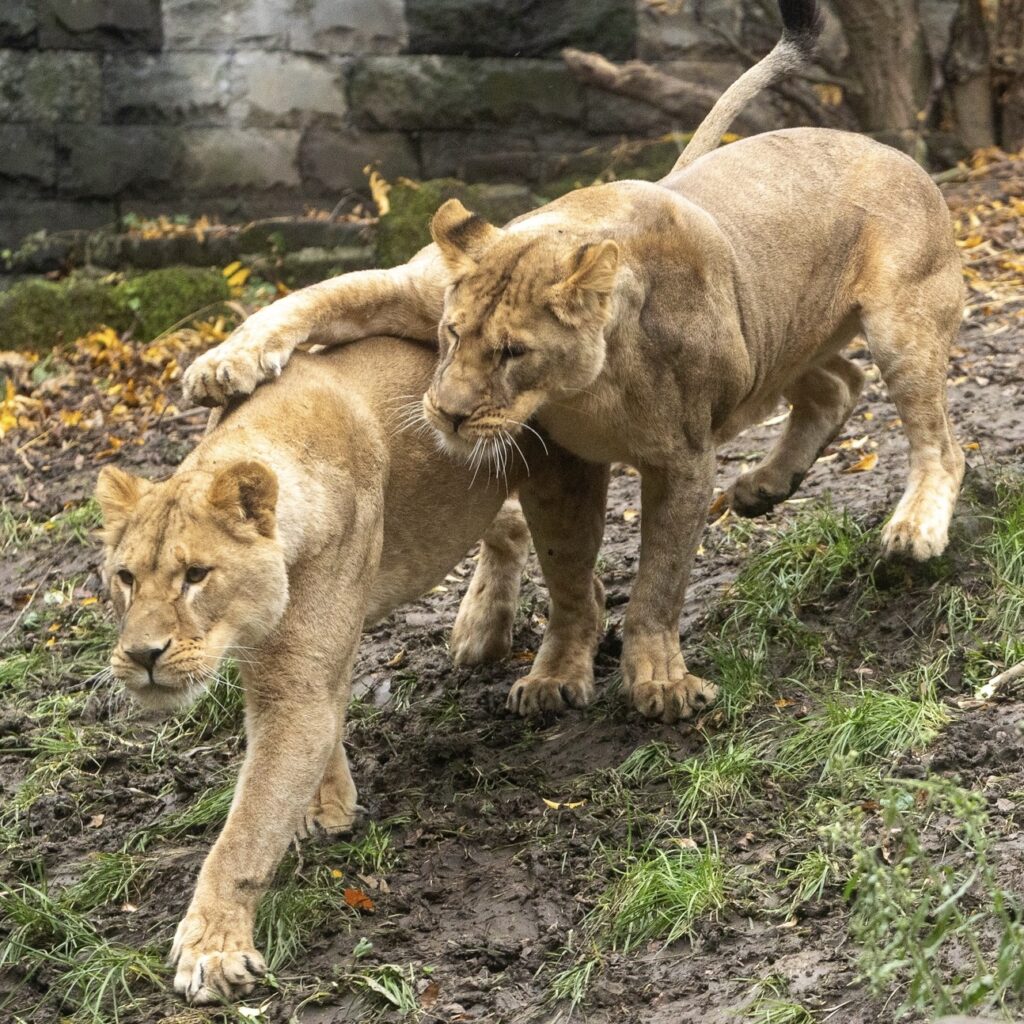Once the silent rulers of forests across Africa, Asia, and the Middle East, leopards are now disappearing at an alarming rate not from old age or natural causes, but from bullets, wire snares, and international trafficking networks.
Leopards have lost nearly 75 per cent of their natural habitat due to human encroachment, agriculture, and infrastructure development. But even more disturbingly, they are being killed and sold into the global wildlife trade, often mislabelled as tigers to feed the demand for traditional medicine, fashion, and vanity trophies.
Despite receiving the strictest protection under CITES (the Convention on International Trade in Endangered Species), more than 12,000 leopards and their parts were traded between 2020 and 2023, according to the CITES database.
‘It’s tragic to see how these majestic creatures have turned into mere commodities,’ says Vanessa Amoroso, Head of Wild Animals in Trade at FOUR PAWS.
The Rise of the Leopard Black Market
While international headlines often focus on the plight of tigers, leopards have quietly become their undervalued and exploited substitutes. When acquiring a tiger becomes too complicated, traffickers pivot to the more ‘accessible’ leopard and they do so with disturbing efficiency.
Bones, skulls, teeth, and skins are harvested from these big cats and passed off as tiger products in illegal wildlife markets across Asia, often ending up in traditional medicine or stitched into high-end handbags.
‘In countries in Southeast Asia, terms like tiger or leopard are often used to refer to all big cat species,’ Vanessa tells The Ethicalist. ‘This convergence has allowed leopards and other big cats to become a substitute for tigers, their bones used to meet the demand for luxury goods and traditional medicines. It is difficult to tell the difference between different bones unless you do a DNA analysis.’
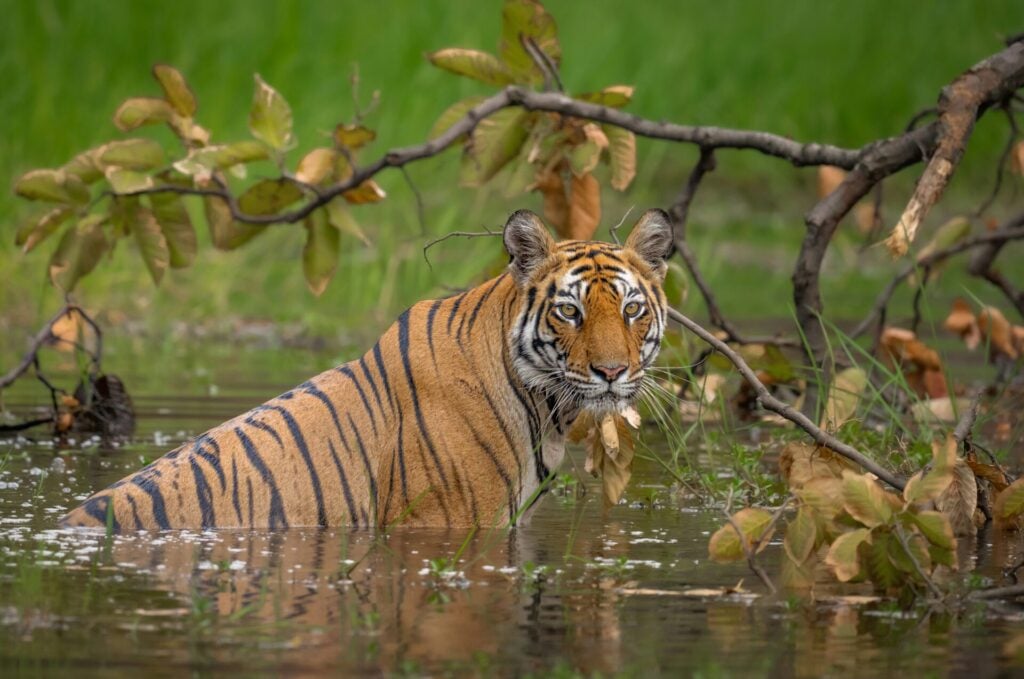
This calculated substitution not only endangers leopards but undermines global conservation efforts for all big cats. The flexibility of the black market means no species is truly safe.
And one of the biggest exporters of these animals is South Africa.
Many are bred in captivity only to be exported, hunted, or used in petting zoos and circuses. Some end up in cages in people’s backyards; others are slaughtered and their body parts sold to the highest bidder
Despite its rich biodiversity and conservation legacy, South Africa plays a key role in fuelling the global demand for big cats and their body parts. Thanks to an industry of intensive captive breeding – where big cats are bred en masse in overcrowded, often cruel conditions – the country has become a major supplier to wildlife traders.
These facilities, often operating under lax regulations, don’t exist for education, rescue, or conservation. Their purpose is commerce. Alive or dead, big cats are turned into profit. Many are bred in captivity only to be exported, hunted, or used in petting zoos and circuses. Some end up in cages in people’s backyards; others are slaughtered and their body parts sold to the highest bidder.
‘South Africa’s big cat industry is out of control,’ says Vanessa. ‘A lack of effective regulation and legislation has allowed the industry to grow to an industrial scale and perpetuate illegal trade meaning that South Africa is also the world’s largest exporter of big cats and their body parts.’
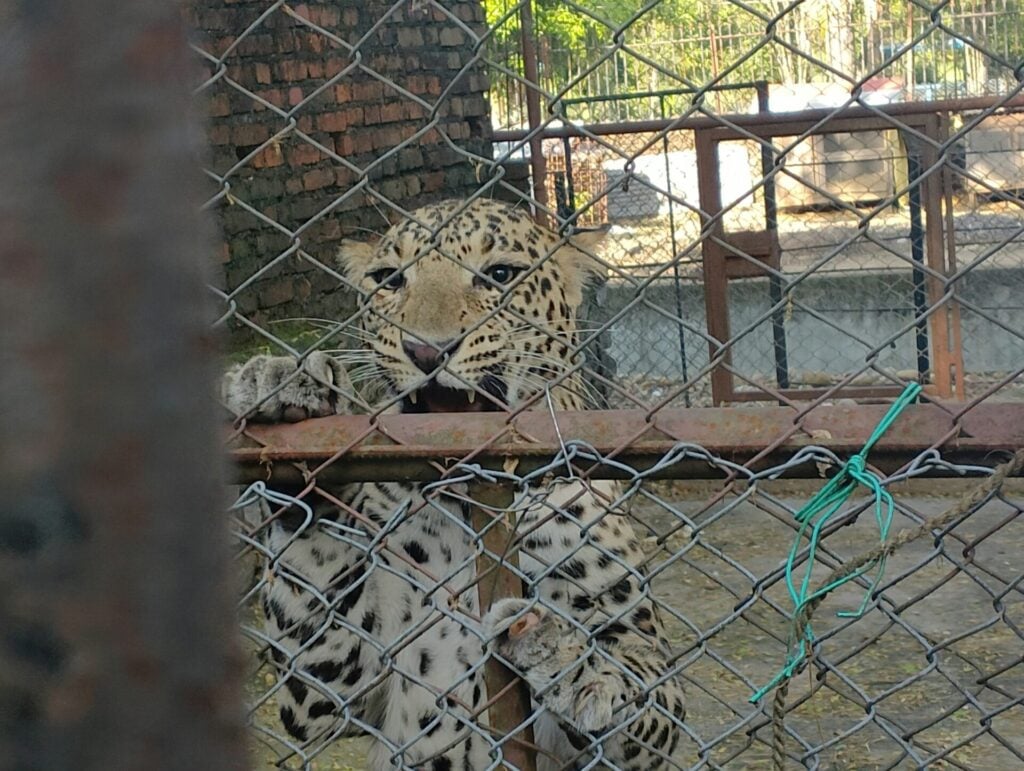
‘The country currently has a patchwork of provincial regulations relating to all big cat species. The lack of regulatory alignment across provinces and at national level provides an opportunity for illegal trade, compromising true conservation efforts and enforcement efforts globally, and importantly South Africa’s own reputation as a world leader in wildlife conservation. Wildlife traffickers are always on the search for loopholes and more profitable species. Global support is the only way to break the cycle.’
Through its Break the Vicious Cycle campaign, FOUR PAWS has been calling on governments to implement consistent, enforceable international laws to end the legal loopholes that allow big cat exploitation to thrive.
Hopeful Haven
Among the horrors, there are glimmers of hope, and two of them go by the names Mike and Tulani.
Rescued by FOUR PAWS nearly 20 years ago, Mike and Tulani are leopards who now live in peace at Lionsrock Big Cat Sanctuary in South Africa, a haven created in 2006 to rehabilitate traumatised animals rescued from zoos, circuses, and private ownership.
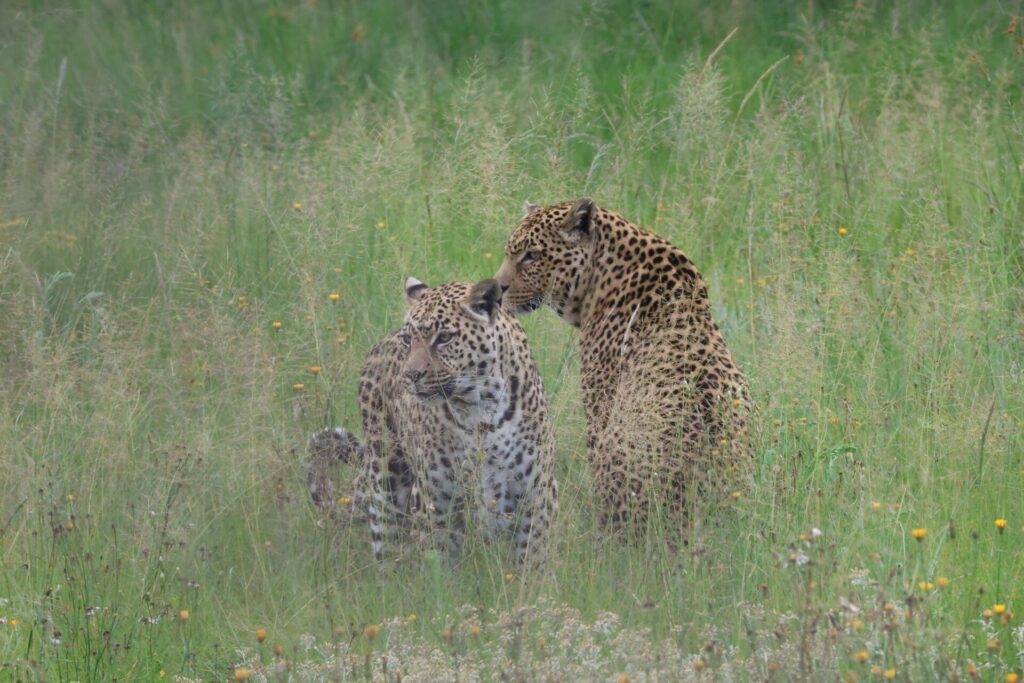
Tulani was born into captivity at a South African safari farm in 2002. Bought as a cub, she was destined for a life of confinement until FOUR PAWS stepped in. Mike, in contrast, was a wild leopard captured and kept privately, a life far removed from the solitary freedom his species is meant to enjoy.
Despite the typically solitary nature of leopards, the pair formed an extraordinary bond. Described as the sanctuary’s ‘senior couple,’ Mike and Tulani are often spotted relaxing side by side in the sun, a testament to what’s possible when animals are treated with compassion and dignity.
‘Some female big cats are turned into breeding machines to intensively birth cubs, all for profit. Inbreeding – to receive specific features caused by genetic mutations like white fur for tigers or lions – further increases the risk of serious health issues and defects’
Vanessa Amoroso, Head of Wild Animals in Trade at FOUR PAWS
However, rescuing a few individuals is only a small part of the solution while thousands of big cats remain vulnerable to exploitation. What’s needed is a global shift including a ban on the commercial trade in big cats and their body parts, consistent protection across all species (not just those that make headlines), and the phasing out of captive breeding for profit. Just as crucial is the stronger enforcement of international treaties like CITES, so that meaningful protection becomes more than just a promise on paper.
‘Wild animals are not suited to be kept in captivity, especially commercial facilities. Being locked up in tiny cages or enclosures can expose them to high levels of psychological stress and works against their natural behaviour and interactions with fellow conspecifics.’ explains Vanessa.
‘Lack of space to move, explore and improper feed can furthermore lead to chronic health conditions like joint issues or malnourishment. Besides the issues of improper keeping conditions that leave significant marks on the physical and mental wellbeing of big cats, even the method of breeding can be harmful. Some female big cats are turned into breeding machines to intensively birth cubs, all for profit. Inbreeding – to receive specific features caused by genetic mutations like white fur for tigers or lions – further increases the risk of serious health issues and defects.’
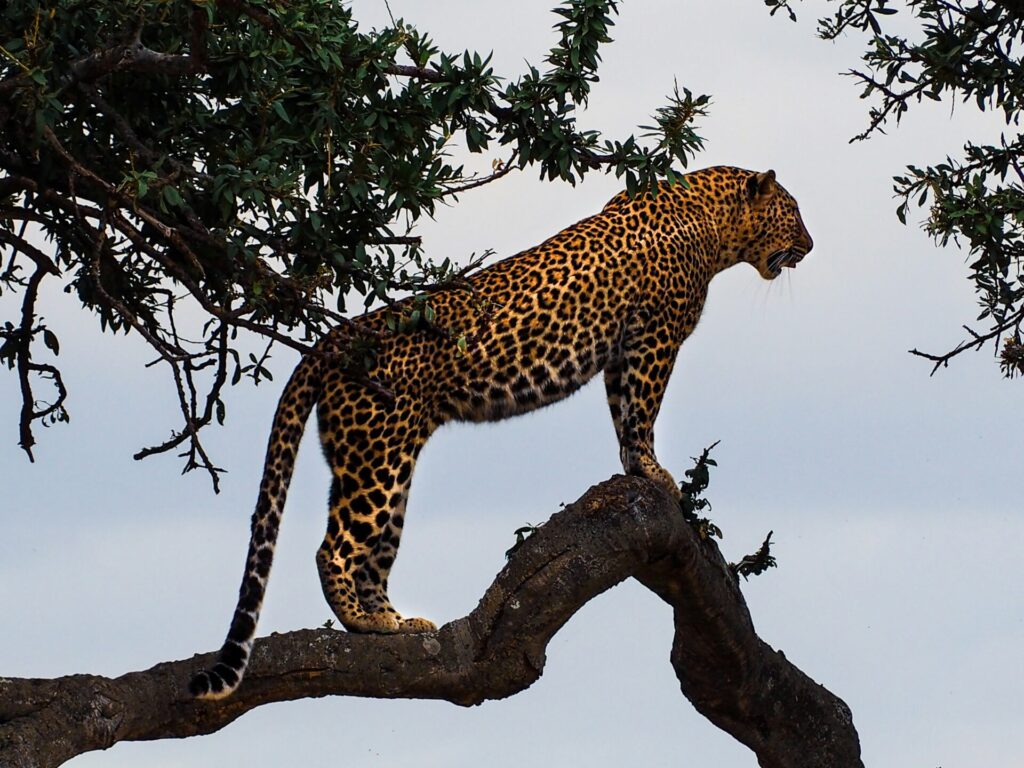
But consumers have power to make a difference Saying no to exotic pet ownership, avoiding tourist attractions that exploit big cats, and supporting ethical conservation organisations can all help starve the demand that fuels this trade.
Leopards are adaptable, elusive, and powerful but not invincible. If trends continue, these stunning cats may soon vanish from the wild entirely, replaced by souvenirs and pseudoscience.
Mike and Tulani may never return to the wild. But their companionship is a symbol of what’s possible when exploitation ends.

